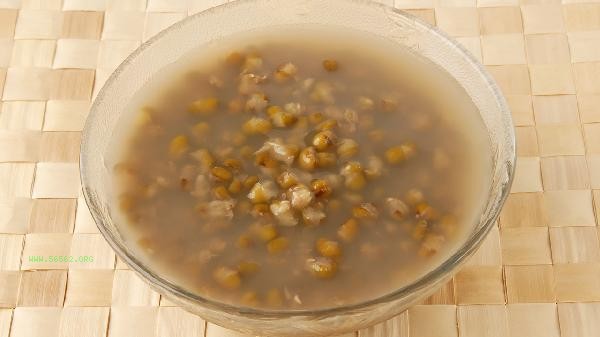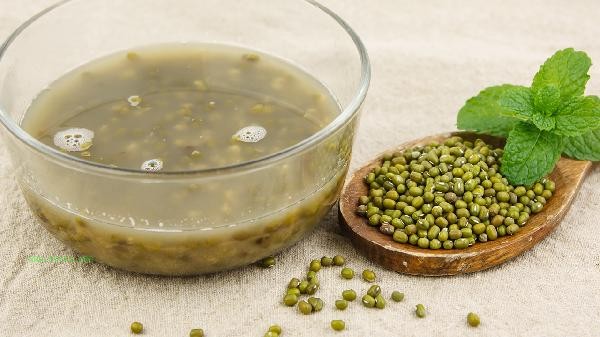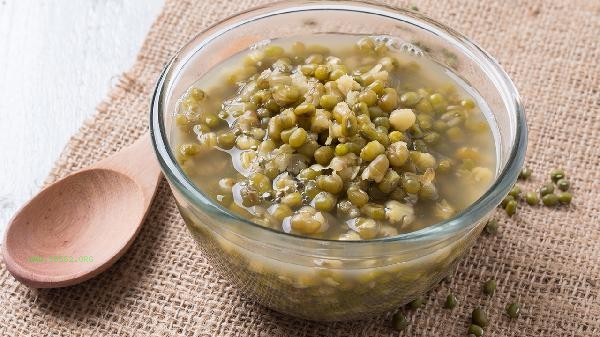The red color of mung bean soup is mainly related to the oxidation of polyphenols in mung bean skin. Common reasons include alkaline water quality, prolonged boiling time, and contact with metal utensils. Green bean soup turning red does not affect food safety, but may reduce some antioxidant components. During the boiling process of mung beans, the polyphenols rich in the skin will dissolve into the soup. When encountering alkaline water, these polyphenolic substances undergo oxidation reactions, generating quinone compounds and further polymerizing to form red pigments. The water quality in northern regions is generally alkaline, making it more prone to the phenomenon of red soup. When boiling in an iron pot, iron ions accelerate the activity of polyphenol oxidase and promote color change. Long term high-temperature boiling can also lead to the continuous release and oxidation of pigment substances. Some varieties of mung beans with thicker shells or longer storage times have higher levels of polyphenolic substances and are more likely to appear red under the same conditions. Traditional Chinese medicine believes that red mung bean soup has similar heat clearing effects, but modern research has found that the oxidation process may result in the loss of some thermosensitive nutrients such as vitamin C. During summer cooking, it is recommended to use a clay pot, shorten the cooking time, or add a small amount of lemon juice to maintain an acidic environment and preserve the green color of the soup. Cold stored mung bean soup may gradually turn light red over time, which is a normal phenomenon.

It is recommended to adjust the cooking method according to personal taste preferences, as both red and green soup colors do not affect the basic nutritional value. People with spleen and stomach deficiency and cold can add ginger tablets to balance the cold nature of mung beans. People with diabetes should control the consumption to avoid excessive sugar intake. Pay attention to observing whether there is any abnormal sour taste or flocculent substance when drinking in daily life. It is recommended to consume within 24 hours in summer to ensure freshness.










Comments (0)
Leave a Comment
No comments yet
Be the first to share your thoughts!